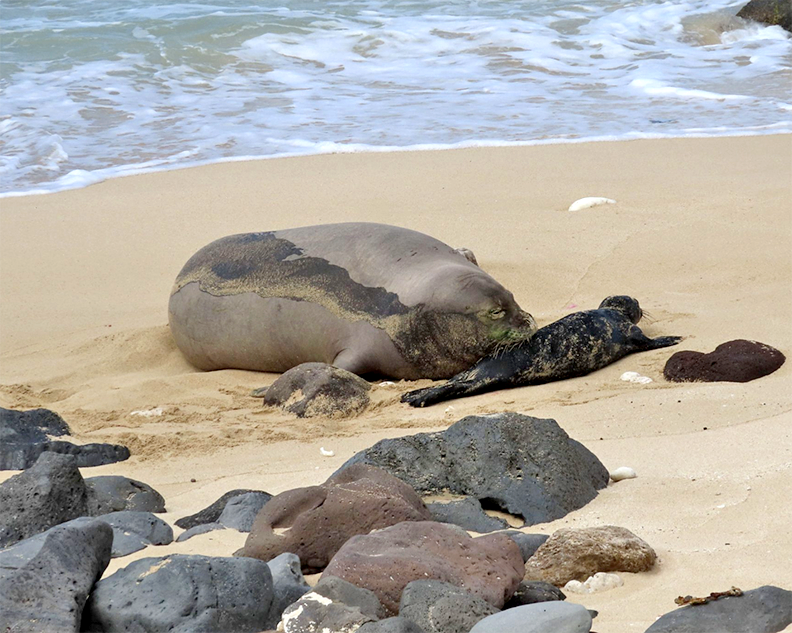By Léo Azambuja

Léo Azambuja
It’s hard to talk about women’s pains when you’re not a woman. It’s not like I don’t feel their pain; I just don’t feel it to the extent they do. That is because, according to scientists, women feel more pain than men do, and men have more tolerance to pain.
Before you jump out of your seat screaming that men would die in pain if they had to give birth, it was the scientists who said it. I know, scientists also said DDT and Thalidomide were safe; and some of you would even like to add GMO to that, but we won’t go there, for the sake of avoiding a spin-off topic.
I too was surprised when I read scientists have done several studies concluding women feel more pain than men. It’s because they say women have more pain receptors than men. But this is hardly something for men to brag. The idea that women feel more pain and have a lower tolerance to pain only proves they tolerate more pain. In other words, they are tougher than men.
While researching for our cover article this issue, I came across an interesting story about a Hawaiian woman who cheated death, painfully. Her name was Kahulunuika‘aumoku, the daughter of Ku‘ohu, a leading kahuna on Kaua‘i.
On Dec. 12, 1794, Ka‘eokulani, King Kaumuali‘i’s father, was killed in a war on O‘ahu against his nephew, Kalanikūpule, ruler of O‘ahu. After Ka‘eokulani’s defeat, his warriors and wives were all executed.
The late historian Samuel M. Kamakau describes the aftermath of the war in Ruling Chiefs of Hawai‘i. On the afternoon of Kalanikūpule’s victory, all the dead were gathered together and piled “in a great heap” in Pa‘aiau. Kahulunuika‘aumoku was among the bodies. She had been picked up for dead and left in the pile of lifeless bodies.
At about 10 p.m., she was aroused by an owl flying over her head. She opened her eyes to realize she was lying among a bunch of dead bodies. Then the owl flew toward the sea, and Kahulunuika‘aumoku followed it as she could, crawling. When she reached the sea, she swam to the opposite shore at ‘Aiea, despite her wounds. The owl led her into Halawa Valley and up the mountains, where she found a cave and fainted.
While Kahulunuika‘aumoku lay unconscious, the owl flew to a former kahu of her. He knew the countryside well and found her. He brought her food and took care of her wounds. Two days later, Kalanikūpule proclaimed amnesty to the captives. If anyone, royal or commoner, killed any surviving warriors, they too would be put to death.
Kahulunuika‘aumoku lived until 1834, and she still had many scars from that battle.
Imagine being seriously injured in battle, taken for dead, thrown into a pile of corpses, and then waking up in the middle of the night on the following day. I can only imagine she pinched herself several times to make sure she really was alive. Yet, Kahulunuika‘aumoku had the strength to crawl past two men who were guarding the bodies, swim to another shore, and hike up a valley to find a safe cave.
Adding insult to injury, it was a battle initiated and fought by men. But in old Hawai‘i, it was common for women and children to pay with their lives if the men were defeated in battle.
Despite what scientists say, I still think men wouldn’t be man enough (couldn’t resist it) to endure the pain of giving birth, or even the pain of going through pregnancy. But now I know that besides going through the pain of giving life, women can also endure and overcome the pain of death. Kahulunuika‘aumoku proved it.
Discover more from ForKauaiOnline
Subscribe to get the latest posts sent to your email.




Leave a Reply